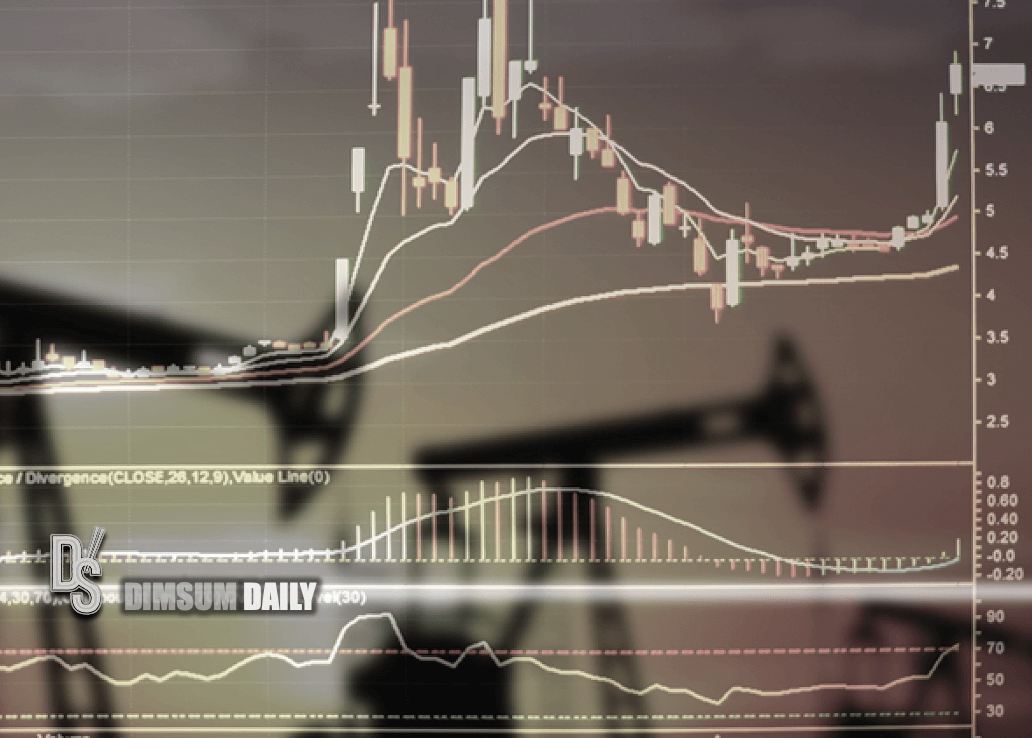Introduction
Embarking on the intricate world of financial trading can often leave one feeling like a ship lost at sea. In the vast ocean of investment opportunities, navigating the turbulent waters of option trading, particularly in the enigmatic realm of oil, requires both knowledge and precision. As a fellow voyager who has braved these unpredictable waves, allow me to share my insights and guide you through the labyrinth of option trading in oil.

Image: fxtechlab.com
What is Option Trading?
An option contract grants a buyer the right, but not the obligation, to either buy (in the case of a call option) or sell (in the case of a put option) an underlying asset at a predetermined price on or before a specific date. In the context of oil trading, the underlying asset is oil, and the buyer of an option contract is essentially making a bet on the future price movements of oil.
The Allure of Oil Option Trading
Oil, a strategic and indispensable commodity, is prone to significant price fluctuations driven by geopolitical events, supply and demand dynamics, and economic factors. These fluctuations present both opportunities and risks for traders, making oil option trading a compelling avenue for potential gains. By leveraging option contracts, traders can hedge against price volatility, speculate on future price movements, and enhance their trading strategies.
Market Dynamics and Option Pricing
Understanding the market dynamics influencing the price of oil is crucial for option traders. Factors such as global economic growth, political stability in oil-producing regions, and supply-demand imbalances play a pivotal role in shaping oil prices. Traders must also consider the intrinsic value of an option contract, which is based on the difference between the current price of oil and the strike price specified in the contract. Time decay, another critical factor, affects the value of an option as the expiration date approaches.

Image: www.youtube.com
Trading Strategies in Oil Options
The versatility of oil option contracts allows for a diverse range of trading strategies. Call options are suitable for traders who anticipate a rise in oil prices, while put options are appropriate for those expecting a decline. Traders can employ strategies such as covered calls, protective puts, and straddles to mitigate risk and enhance their trading returns.
Navigating the Oil Options Landscape
To succeed in oil option trading, traders must possess a thorough understanding of the market dynamics, option pricing models, and trading strategies. Continuous monitoring of market news, expert insights, and technical analysis is essential to make informed trading decisions. Risk management plays a vital role in protecting capital, and traders should employ risk-reward ratios, position sizing, and stop-loss orders to safeguard their investments.
FAQs on Oil Option Trading
Q: What is the difference between calls and puts?
A: A call option gives the buyer the right to buy, while a put option grants the right to sell the underlying asset.
Q: How long do oil option contracts typically last?
A: Standard oil option contracts expire on the third Friday of each month.
Q: Can I lose more money than I invest in option trading?
A: Yes, option trading carries the potential for unlimited losses. Traders should carefully manage their risk exposure to mitigate losses.
Option Trading Oil

Image: www.dimsumdaily.hk
Conclusion
Option trading in oil presents both opportunities and challenges, requiring a comprehensive understanding of market dynamics, option pricing models, and trading strategies. By equipping yourself with the necessary knowledge and skills, you can navigate the intricacies of this complex market and potentially reap the rewards.
Are you ready to venture into the uncharted waters of option trading in oil? Embrace the thrill of this dynamic asset class and unlock the potential for significant gains.






